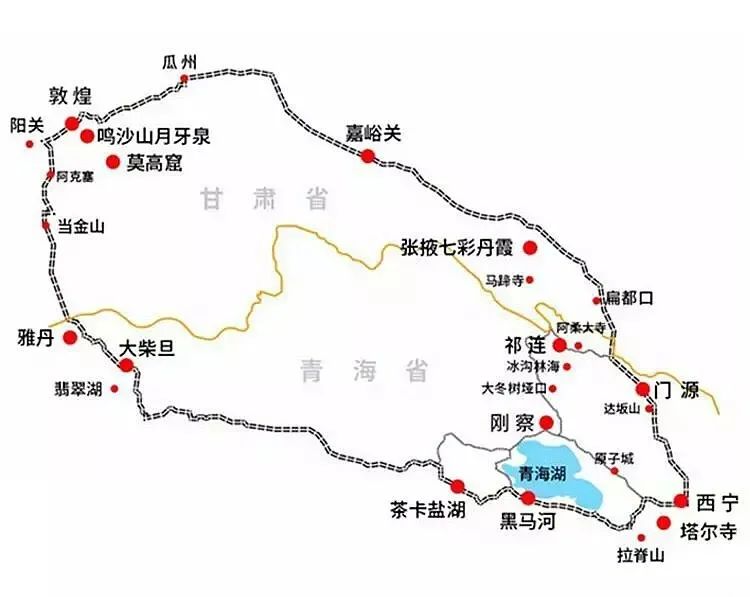
In the past, I studied the Taoist Tower in Yu Qiuyu's "Cultural Journey" in the textbook, and I have always wanted to see the Mogao Grottoes. Imagine traveling through the grottoes, walking among the murals, and watching the colors change and time and space rotate.The Mogao Grottoes are a great treasure house of existing Buddhist art in the world. They are one of the four major grottoes in China and one of the longest, largest and richest Buddhist galleries in the world. They are known as the most valuable cultural discovery of the 20th century. The thousand-year-old song in the Mogao Grottoes is still echoing. The Mogao Grottoes are mainly murals and supplemented by statues. The murals have rich themes and extensive and profound contents, including seven main themes: Buddha statues, Buddhist stories, Buddhist historical sites, sutras, gods and monsters, donors, and decorative patterns. The painter's exquisite craftsmanship and high level are difficult for future generations to match. However, history has not left the name of a painter, which is a pity.


Visit the grottoes and murals, and see the Mogao Grottoes in an epic and highly condensed way 1600 Many years of history, the spiritual collision across time and space, can only be felt in person. Unfortunately, there were too many tourists during the National Day, so we had to take flow control measures. We had to queue for two hours and visit for five minutes, which was very similar to the popular pavilions during the World Expo. In addition, I didn't do my homework before coming, so the tour experience was very poor. It was forbidden to take pictures inside the cave, so I had to take some pictures of the outside.






If you have a strong interest in Buddhism and classics, it is worth visiting the Mogao Grottoes. It is recommended to visit during the off-season. Before going there, read the articles or documentaries related to the Mogao Grottoes and do your homework. Only then will you feel more immersed in the majestic history when you visit.











